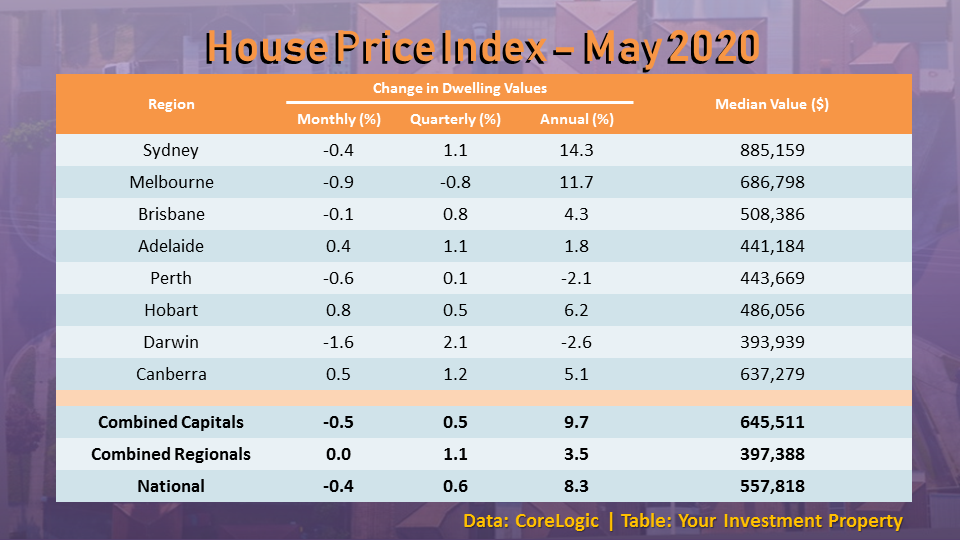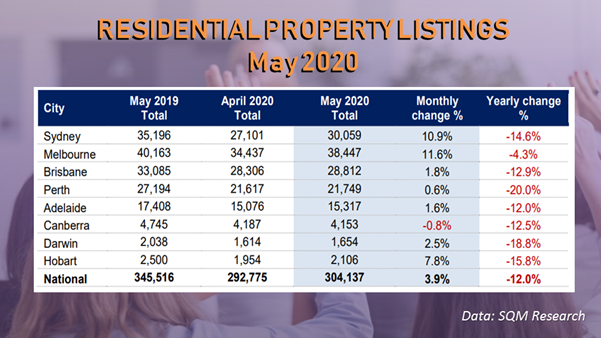Despite the drop in home values in May, homeowners and property investors are unlikely to sink into negative equity any time soon, according to a recent market report from CoreLogic.
Home values across Australia declined for the first time since June last year, retreating by 0.4% on a monthly basis. This puts the median value of a home at $557,818.
Jade Harling, analyst at CoreLogic, said housing values across the country remain 8.3% higher than they were a year ago. Of all capital cities, only housing values in Perth and Darwin continued to be lower on an annual basis.
"Although housing values are currently slipping or stabilising, recent history implies most homeowners have some level of buffer that will help protect against negative equity," she said.
Also read: Will property prices fall?
Over the month, values fell in five of the eight capital cities, with Darwin posting the highest drop at 1.6%. Hobart, Adelaide, and Canberra witnessed their home values rise by as much as 0.8%.
The table below shows the movement of prices in each capital city as well as the combined regional and combined capitals housing-value data as of the end of May:

Tim Lawless, CoreLogic head of research, said the minimal decline in values indicates the housing market's resiliency despite the economic impacts of COVID-19.
"With restrictive policies being progressively lifted or relaxed, the downwards trajectory of housing values could be milder than first expected," he said.
Regional markets were the least exposed to the impacts of the market, with their average value staying the same over the month.
Still, Lawless said there are other factors that would likely make a stronger case for a price decline.
"Eventually government stimulus will wind back and borrower repayment holidays will expire. In the absence of these policies, housing values could come under some additional downwards pressure if economic conditions haven't picked up towards the end of the year," Lawless said.
Improving sales, listing activity
While market activity remains muted relative to its average performance in the past, it managed to bounce back from the slump in April, with sales rising by 18.5% in May.
Lawless said this coincides with a consistent rise in consumer sentiment and eased COVID-19 restrictions through the month.
"With consumers feeling more confident, households are better equipped to make high-commitment decisions such as buying or selling a home. A lift in housing market activity should also support broader economic activity, with housing turnover providing positive flow-on effects to other sectors including retail, construction and banking," he said.
A separate report from SQM Research showed that property listings increased by 3.9% in the month. All capital cities, except Canberra, reported a rise in listings.
Louis Christopher, managing director of SQM Research, said the increase in listings was driven by older stock that was not sold.
"This tells me it is a patchy market with vendors struggling to meet their pricing expectations," he said.
New listings fell slightly over the month, which, according to Christopher, is not normal for the month of May.
"Though we have recorded rises in new listings for Sydney and Melbourne, other cities such as Brisbane, Adelaide and others recorded a decline in new stock. Many regional locations also recorded falls in new listings," Christopher said.
The table below shows the listings figures in each capital city:
